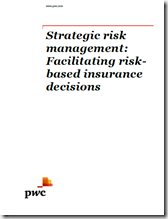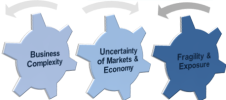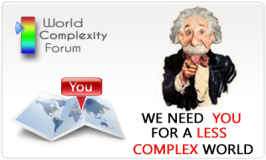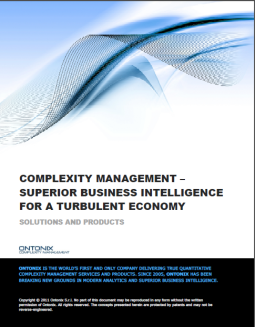Saturday, 29 September, 2012
This is an aerial view of main location of the risk to be insured: Generic plc.
Company activities at and associated to the premises include: Property Owners; Manufacturing (incl. use of heat & work at height); Assembly (incl. clean room); Warehousing; Import/Export (loading/unloading – incl. quayside); Plant Owner/Operators; Wholesale; Distribution; R&D; Design: IT (mainframe); Admin./Accounts; Training, etc.
For the purposes of the task, let us assume that they are 2, competing, risks both with identical processes, sums insured, limits with similar EML’s, operational structure, growth history, financial performance, global customer/supplier footprint, credit profile, risk management and claims experience. The type of enterprises that are within the target range of risks that you are charged with securing in a competitive market place.
However, one of the risks is, significantly (measurably), more resilient than the other…sufficiently so that it could provide you with the competitive advantage required to secure the account. So, as an insurance, credit or financial risk underwriter:
Q. How do you identify and differentiate between the good and bad risk, providing a verifiable basis for an underwriting decision that enables you to win the business? Read more of this post
 Organisational restructuring, talent shortages, and greater technology risks are some of the key transformation-driven risks for the rest of the year ahead, according to PricewaterhouseCoopers‘ latest Risk in Review report.
Organisational restructuring, talent shortages, and greater technology risks are some of the key transformation-driven risks for the rest of the year ahead, according to PricewaterhouseCoopers‘ latest Risk in Review report.














